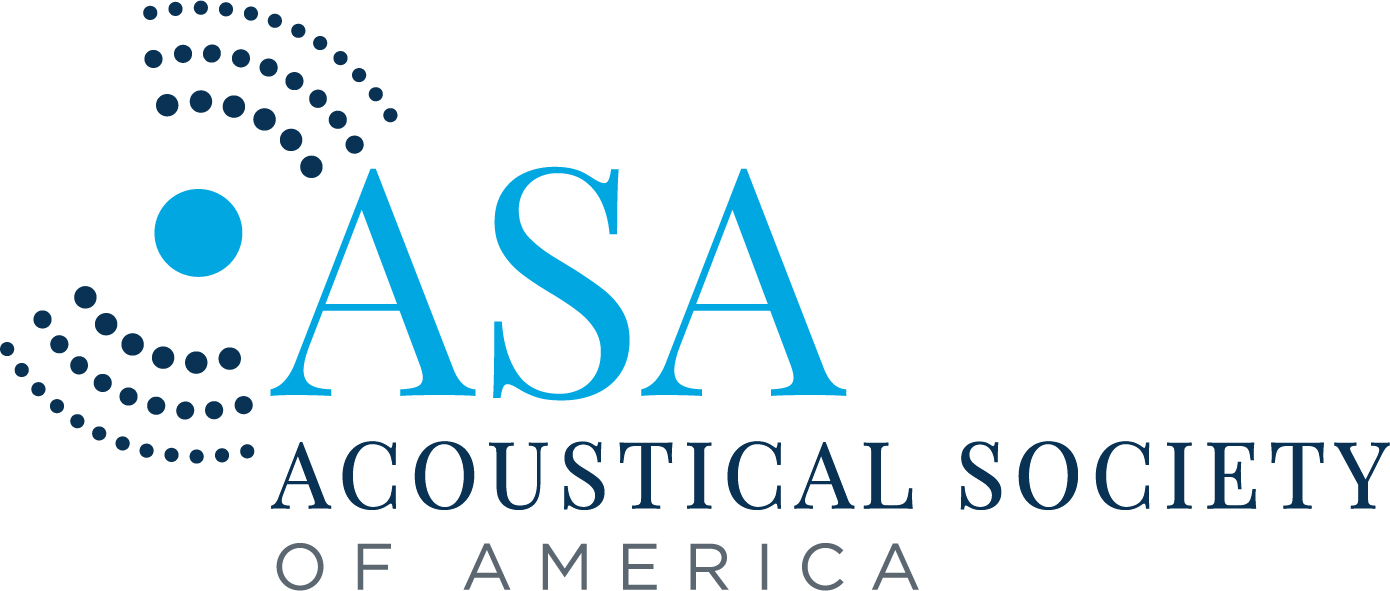Turning Up Ocean Temperature & Volume – Underwater Soundscapes in a Changing Climate
Freeman Lauren – lauren.a.freeman3.civ@us.navy.mil
Instagram: @laur.freeman
NUWC Division Newport, NAVSEA, Newport, RI, 02841, United States
Dr. Lauren A. Freeman, Dr. Daniel Duane, Dr. Ian Rooney from NUWC Division Newport and
Dr. Simon E. Freeman from ARPA-E
Popular version of 1aAB1 – Passive Acoustic Monitoring of Biological Soundscapes in a Changing Climate
Presented at the 184 ASA Meeting
Read the abstract at https://doi.org/10.1121/10.0018023
Climate change is impacting our oceans and marine ecosystems across the globe. Passive acoustic monitoring of marine ecosystems has been shown to provide a window into the heartbeat of an ecosystem, its relative health, and even information such as how many whales or fish are present in a given day or month. By studying marine soundscapes, we collate all of the ambient noise at an underwater location and attribute parts of the soundscape to wind and waves, to boats, and to different types of biology. Long term biological soundscape studies allow us to track changes in ecosystems with a single, small, instrument called a hydrophone. I’ve been studying coral reef soundscapes for nearly a decade now, and am starting to have time series long enough to begin to see how climate change affects soundscapes. Some of the most immediate and pronounced impacts of climate change on shallow ocean soundscapes are evident in varying levels of ambient biological sound. We found a ubiquitous trend at research sites in both the tropical Pacific (Hawaii) and sub-tropical Atlantic (Bermuda) that warmer water tends to be associated with higher ambient noise levels. Different frequency bands provide information about different ecological processes (such as fish calls, invertebrate activity, and algal photosynthesis). The response of each of these processes to temperature changes is not uniform, however each type of ambient noise increases in warmer water. At some point, ocean warming and acidification will fundamentally change the ecological structure of a shallow water environment. This would also be reflected in a fundamentally different soundscape, as described by peak frequencies and sound intensity. While I have not monitored the phase shift of an ecosystem at a single site, I have documented and shown that healthy coral reefs with high levels of parrotfish and reef fish have fundamentally different soundscapes, as reflected in their acoustic signature at different frequency bands, than coral reefs that are degraded and overgrown with fleshy macroalgae. This suggests that long term soundscape monitoring could also track these ecological phase shifts under climate stress and other impacts to marine ecosystems such as overfishing.

 A healthy coral reef research site in Hawaii with vibrant corals, many reef fish, and copious nooks and crannies for marine invertebrates to make their homes.
A healthy coral reef research site in Hawaii with vibrant corals, many reef fish, and copious nooks and crannies for marine invertebrates to make their homes. Soundscape segmented into three frequency bands capturing fish vocalizations (blue), parrotfish scrapes (red), and invertebrate clicks along with algal photosynthesis bubbles (yellow). All features show an increase in ambient noise level (PSD, y-axis) with increasing ocean temperature at each site studied in Hawaii.
Soundscape segmented into three frequency bands capturing fish vocalizations (blue), parrotfish scrapes (red), and invertebrate clicks along with algal photosynthesis bubbles (yellow). All features show an increase in ambient noise level (PSD, y-axis) with increasing ocean temperature at each site studied in Hawaii.